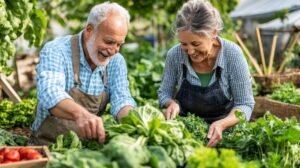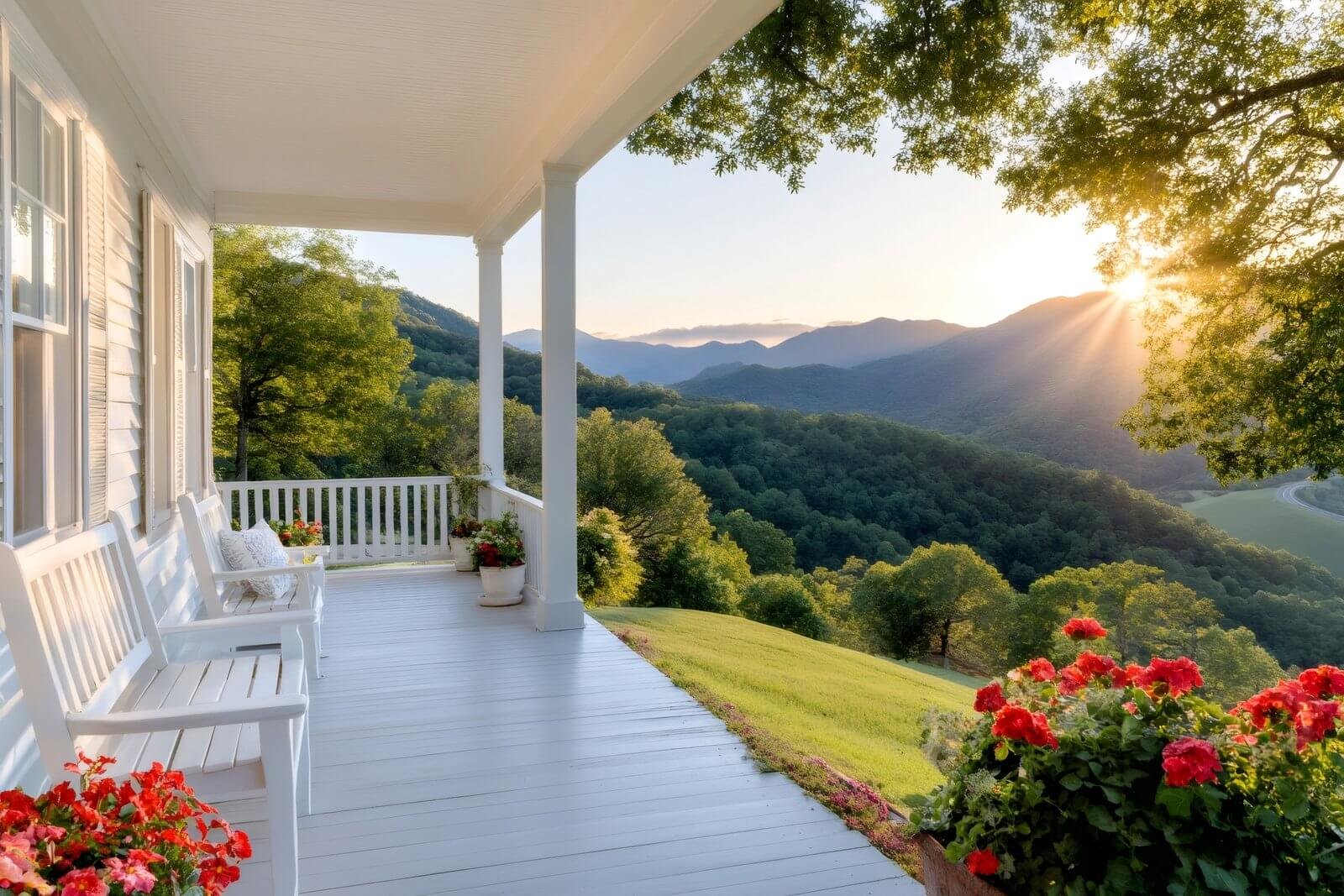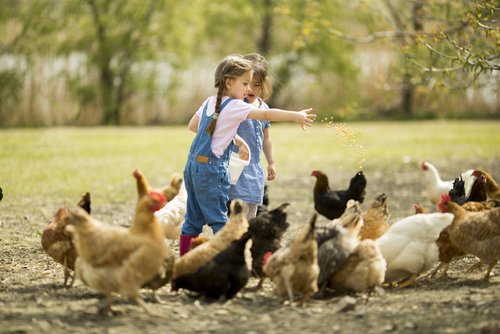Back to Basics: Living a More Self-Sufficient Lifestyle
Because real freedom starts at home.
Have you ever had that feeling—that tug deep down—that says, “I just want to live simpler, smarter, and more self-reliant”?
If so, you’re in good company. These days, more and more people are trading convenience for confidence. And truthfully? There’s something comforting about knowing you can take care of yourself and your family, even if the store shelves are bare or the power goes out for days.
Let’s sit down and talk about what it really means to live a self-sufficient lifestyle. No pressure, no hype—just real talk.
Why is a Self-Sufficient Lifestyle is on Everyone’s Mind
We’ve all seen what can happen when supply chains break down or prices skyrocket overnight. But beyond the fear of “what if,” there’s a quiet craving for something deeper:
-
Peace of mind
-
The satisfaction of working with your hands
-
Healthier food straight from your backyard
-
Raising kids who understand responsibility
-
And yes, even saving money on gas, groceries, and more
A self-sufficient lifestyle doesn’t mean going off-grid (unless you want to). It just means learning how to rely more on yourself—and less on fragile systems.
What Does Self-Sufficiency Look Like?
Everyone’s path is different, but here are a few common things you need to do:
-
Hobby farms with chickens, rabbits, or goats – You might have to learn to butcher them yourself. Not enjoyable – but necessary.
-
Vegetable gardens and fruit trees
- First aid skills and learning how to make your own natural remedies. Enjoy salves, poultices and tinctures from plants you’ve grown yourself.
-
Canning, dehydrating, or vacuum sealing food
- Collecting rainwater (if your state allows it). This can be invaluable. Water is everything!!
-
Living in smaller homes—or just using space more wisely
-
Learning old-school skills like sewing, or woodworking
- Having an alternate source of heat – A wood stove is a must if you live in a cold climate.
- Having an alternate source of power. A generator can be life-saving when the power is out.
For many folks, it also includes gardening, downsizing, working from home, and simplifying their lives in ways that feel less frantic—and a whole lot more meaningful.
“Preparedness isn’t Panic — It’s Peace of Mind!”
How to Get Started (Without Getting Overwhelmed)
You don’t have to jump into full-blown homesteading overnight. But if this lifestyle is calling you, here are some smart first steps:
Talk It Over with Your Family
This is a big change, and having everyone on board makes all the difference.
Decide Where You Want to Live and choose the right property.
Look for a location that fits your climate needs. Southern states like Tennessee offer long growing seasons, natural water sources, and rural properties that still feel close to civilization.
Pro tip: Find a Realtor who understands self-sufficient living. They’ll be your eyes and ears when it comes to things like “live water,” soil quality, and agricultural zoning. I’ve found many properties for people looking for a self-sufficient lifestyle. These were always some of my favorite clients. I guess we talked the same language.
Water is an absolute MUST! It can be a well, creek, spring or cistern. Or your own water collection system – but that will eventually run out during dry periods.
I would stay off state highways – find something in the country that takes a few minutes to get to. Decide how far you want to be away from shopping, hospitals, etc. and stay within that distance.
Existing outbuildings will save you a lot of money because they can get very expensive to build.
A place to grow a garden with good southern exposure for lots of sun.

Establish a Budget
Land, tools, fencing, small livestock—it all adds up. Plan ahead, look for lenders that work with acreage, and get pre-approved so you’re ready to act fast.
Plan Your Garden Well. And don’t forget the hardware for plants to climb on.
Try Raised Beds or Square Foot Gardening
Raised beds are easier on the knees, perfect for tight spaces, and can be built as high as needed for accessibility.
Keep Critters Out
Fencing is a must. Trust me—deer, rabbits, and squirrels know the exact day your tomatoes ripen!
Water Wisely
Overwatering is just as harmful as underwatering. Get a basic soaker hose system or learn how to deep-water your roots.
Companion Planting Works
Add marigolds, basil, and mosquito plants to keep bugs at bay and improve growth.
Want information on Starting a Garden for Beginners?
What You’ll Learn (and Why It Matters)
This lifestyle isn’t always easy—but it’s deeply rewarding. You’ll learn:
-
How to troubleshoot a garden
-
How to preserve food without electricity
-
Which animals need what kind of care
-
And most importantly, how capable you really are
There’s something incredible about putting food on the table that you grew yourself. Or watching your kids gather eggs and feed the chickens. It’s not just survival. It’s soul-filling.
Don’t Forget—It’s Okay to Ask for Help
You’re not in this alone. Whether you’re just daydreaming or already planning your move, I’m here to cheer you on and answer questions. I’ve lived it. I’ve sold the land. I’ve walked these pastures. And I’d be honored to walk this journey with you.
Final Thoughts
Living a self-sufficient lifestyle isn’t about prepping for the end of the world. It’s about creating a better world for you and your family—one where you can breathe, grow, build, and thrive. So if this way of life is tugging at your heart, don’t ignore it.
Start where you are. Use what you have. Do what you can. Please contact me with any questions or comments. I look forward to hearing from you.


